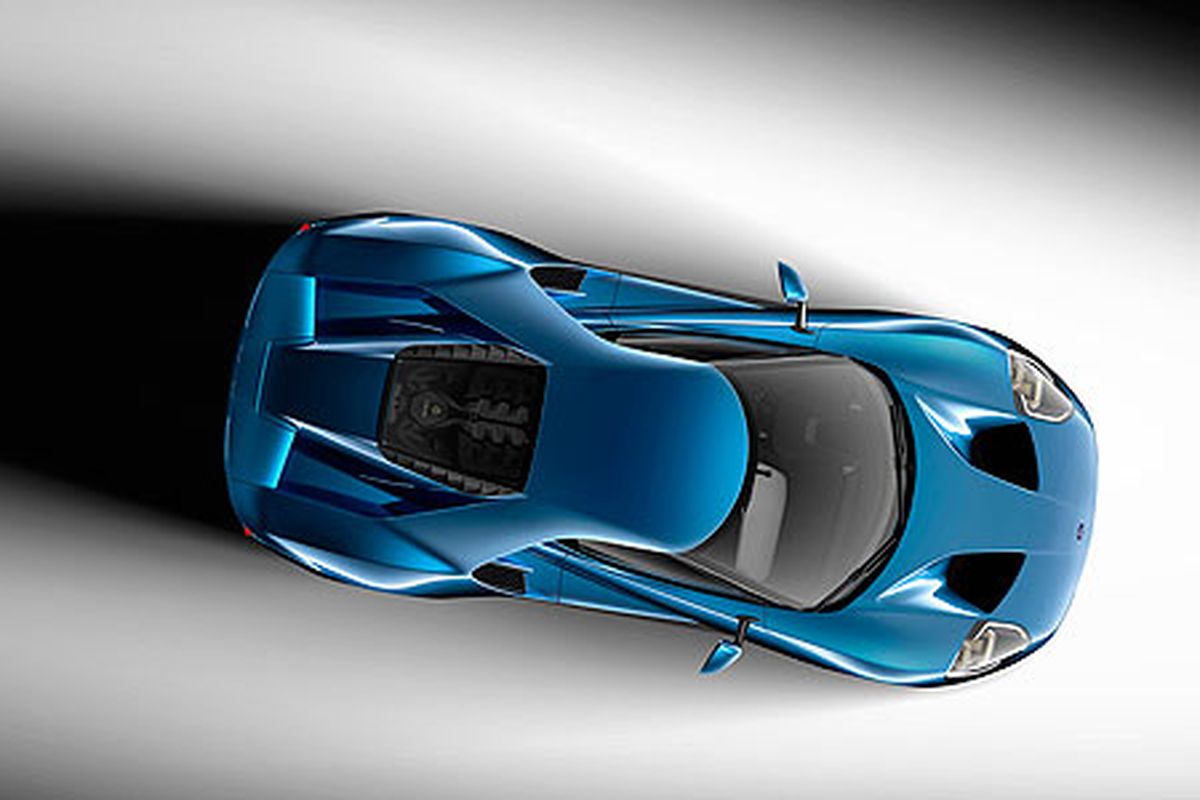Supercars Reborn
New versions of two flashy and costly sports cars rely on advanced technologies to back up their head-turning looks with neck-snapping performance

No, they’re not for everyone. They’re limited-production, high-performance models that can make school kids swoon and set adults’ hearts racing.
Carved with complex curves, creases, scoops and spoilers, and set precipitously low to the ground, they’re priced beyond reason and afford little in the way of practicality, but they’re certain to be among the most coveted rides on the road when they begin reaching dealers’ showrooms over the next two years.
New versions of the Ford GT and Acura NSX “supercars” were unveiled this past winter at the North American International Auto Show in Detroit. The first GT was sold in 2005 and 2006, while the NSX was initially produced from 1991-2005. They’re so-called “halo cars” designed in large part to help bring enraptured enthusiasts into their dealers’ showrooms to kick the tires and perhaps boost sales of other, more affordable models in the process.
For starters, both the GT and NSX just plain look fast, with ultra-aerodynamic exteriors that makes either look as much at home careening around a racetrack’s curves as they would be sitting on a display shelf shrunk down to Matchbox-car dimensions. Both cover all the supercar essentials, including a mid-mounted engine and extensive use of lightweight, but structurally rigid materials like carbon fiber and aluminum.
However, neither model will feature a fuel-swilling V8 or V10 engine; rather both take a more sophisticated approach to achieving scenery-blurring acceleration.
For its part the GT will come powered by a twin-turbocharged version of Ford’s EcoBoost 3.5-liter V6 engine that’s expected to channel more than 600 horsepower through the rear wheels via a seven-speed dual clutch automated manual transmission. This engine is based on the twin-turbo V6 powerplant that registered a win at the prestigious 12 Hours of Sebring endurance event last year.
The GT will ride on 20-inch wheels shod with specific Michelin Pilot Super Sport Cup 2 tires and features adjustable ride height shocks and ultra-gripp-y, carbon-ceramic brakes at all four corners. An active rear spoiler deploys automatically according to the car’s speed and driver input, fine-tuning its height and/or pitch angle depending on conditions.
A no-nonsense two-seat cockpit features upward-swinging doors, and a Formula One racing style steering wheel bedecked with various driver controls and a configurable digital instrument cluster.
Meanwhile, the Acura NSX will pack a twin-turbocharged V6 engine enhanced by a three-motor electric Sport Hybrid drive system for what should be massive amounts of thrust on demand. A quick-shifting nine-speed dual-clutch automated manual transmission channels an as-yet unspecified amount of power through all four wheels via the automaker’s Sport Hybrid Super-Handling All-Wheel-Drive system that combines tenacious handling with secure high-speed launch capabilities.
An Integrated Dynamic System lets the driver fine-tune the NSX’s engine, motor, transmission, chassis response and engine sound level according to selectable Quiet, Sport, Sport+ and Track modes. A “launch” function ensures sudden and sure acceleration from a standing start. The NSX rides on 19 inch wheels and high-performance tires up front, with 20 inch rims and rubber at the rear and both a fully independent suspension and carbon-ceramic brake discs at all four corners.
The NSX’s driver-focused interior features simple and intuitive to operate controls with reconfigurable gauges and greater outward visibility than cramped sports car quarters typically allow.
Unfortunately, only the well heeled will be able to possess such automotive exclusivity. The Acura NSX is expected to sell in the mid-$100,000 range when it’s introduced later this year, with the Ford GT said to command an even more stratospheric sticker price when it arrives in the second half of 2016.